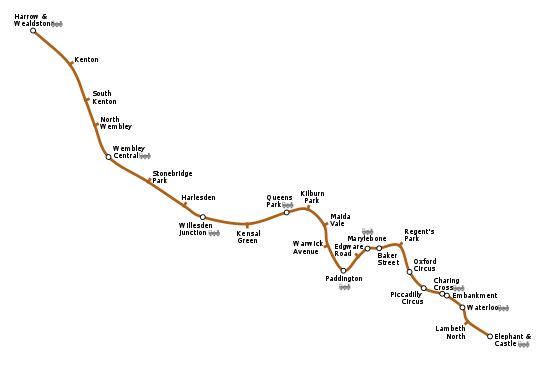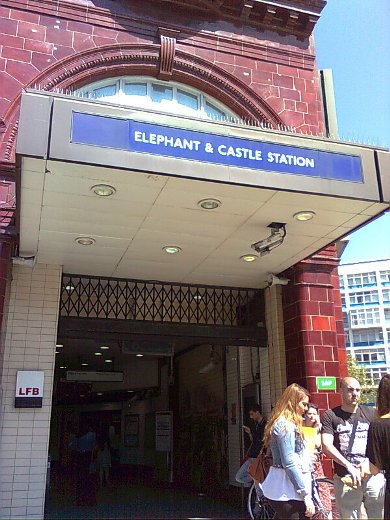
The northern entrance to Elephant & Castle station with direct access to the Bakerloo line. The southern entrance, the other side of the roundabout, has easier access to the Northern line. There are no escalators, passengers using either lifts or steep spiral staircases.
|
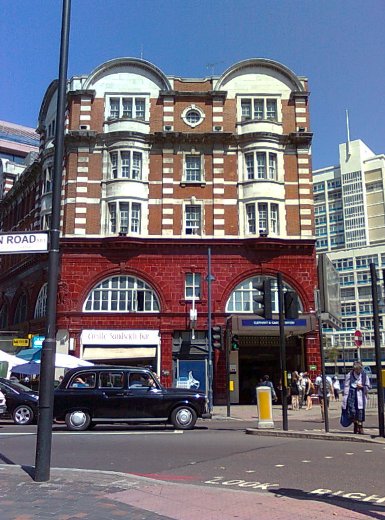
The original station building from 1906 still stands almost unchanged. Designed by Leslie Green whose station buildings are all built so that further floors can be added as required.
|
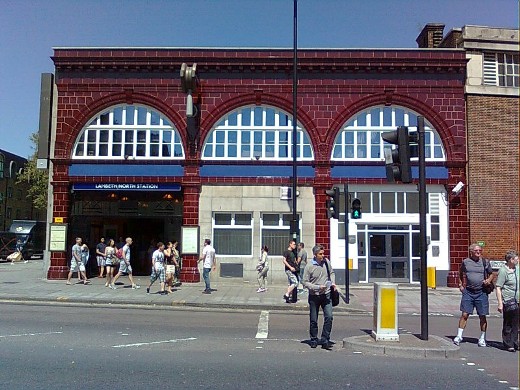
Lambeth North station was originally to be called Westminster Bridge Road but shortly before opening, the name was changed to Kennington Road, only for it to be changed back a few months later. In 1917, some eleven years later, the name was changed again, this time to Lambeth North. Like the previous station, there are no escalators, just two lifts and one spiral staircase. The similarities in style of this and the previous station building are due to the fact that they were both designed by Leslie Green.
|
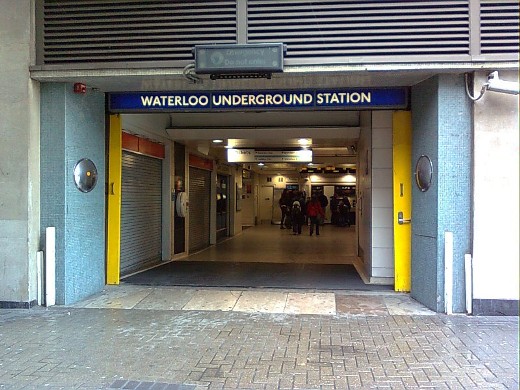
Waterloo station served by four Underground lines and the station with the most escalators.
|
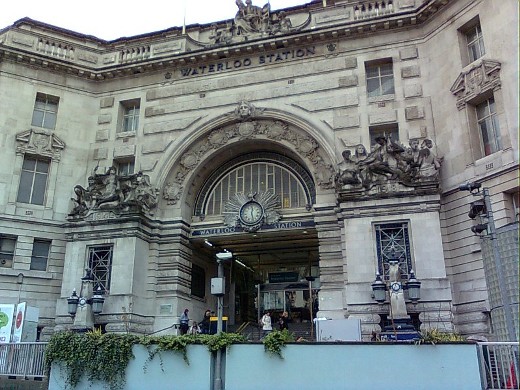
The entrance to mainline Waterloo station with stairs and escalators to the Underground inside.
|
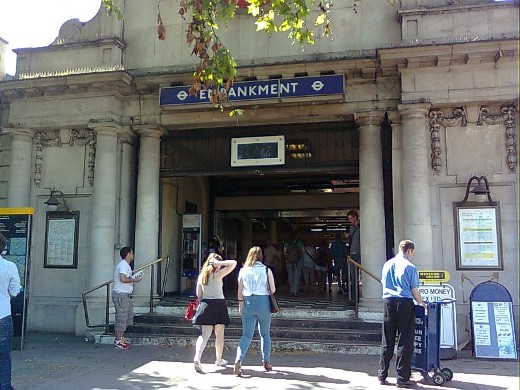
The walk to Embankment station takes us over Hungerford Bridge. The station which was at one time called Charing Cross, is in two parts with deep platforms for the Bakerloo and Northern lines and subsurface platforms serving the Circle and District lines.
|
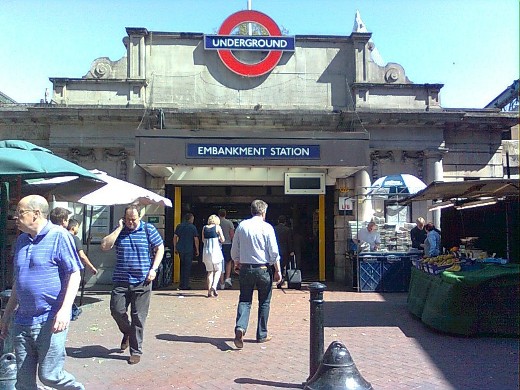
To get to the next station we need to walk through the station and out of the opposite entrance.
|
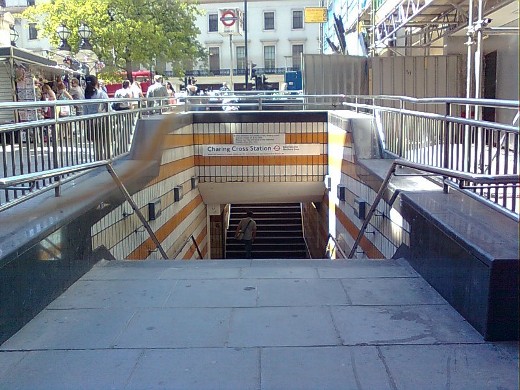
Charing Cross station was formed in 1979 by merging Strand and Trafalgar Square stations. Still today there are the two entrances to the station, one in the Strand and the other in Trafalgar Square. Between 1979 and 1999 the station was also the southern terminus of the Jubilee line, those platforms now only used by film and television companies, although escalators down to them can still be seen.
|
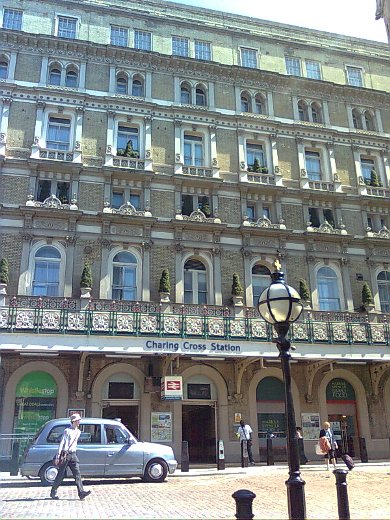
The entrance to mainline Charing Cross station with stairs to the Tube inside.
|
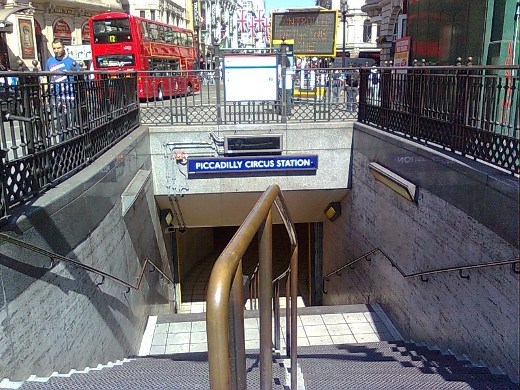
One of the entrances to Piccadilly Circus station leading to the circular concourse situated below Piccadilly Circus itself. There are no station buildings above ground.
|
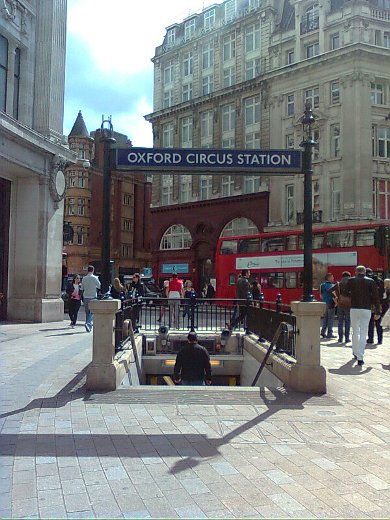
One of the entrances to Oxford Circus station on one of the four corners of the Oxford Circus road crossing.
|
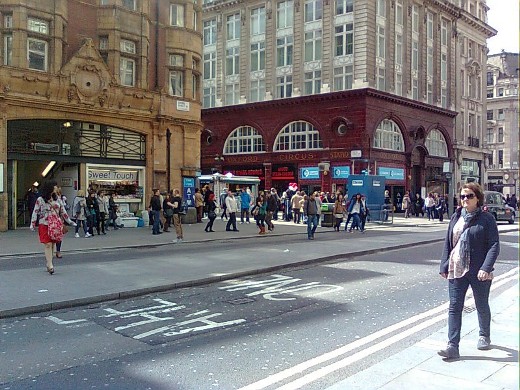
The two buildings shown here at Oxford Circus are now used as station exits but were originally the Central line entrance on the left and the Bakerloo line entrance on the right, another typical example of a Leslie Green design.
|
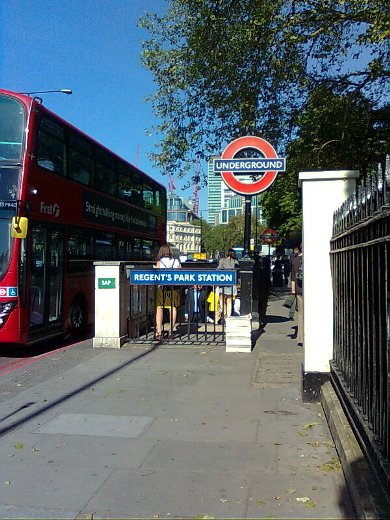
Regent's Park station subway entrance. There are no surface buildings and no escalators, the platforms being reached by lifts or a very long staircase.
|
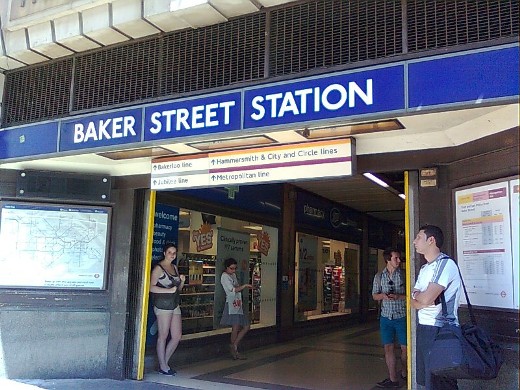
Baker Street station has several entrances with this one on Baker Street itself leading to the Bakerloo line. The station is served by five lines and with ten platforms has the highest number of platforms of any Tube station. Some of the tile work inside commemorates Sherlock Holmes's connection with Baker Street.
|
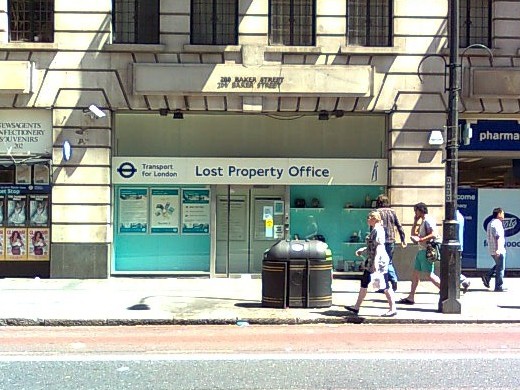
The Transport for London Lost Property Office at Baker Street which finds over 184,000 pieces of lost property each year on buses, tubes, taxis, trains, trams and stations.
|
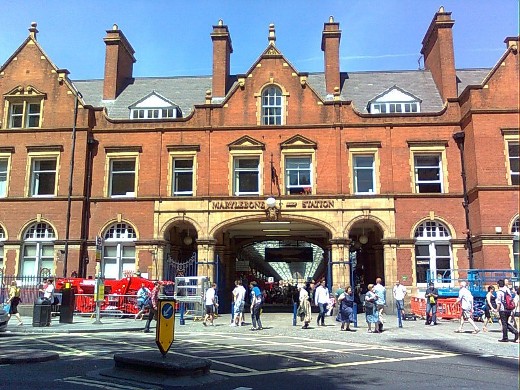
The Tube line at Marylebone is accessed by escalators from the mainline concourse. The station was to be called Lisson Grove until it actually opened when it was given the name Great Central, being renamed Marylebone ten years later in 1917. Its former name still appears in some of the platform wall tiling. The original station building which stood slightly to the west was another of Leslie Green's designs. It suffered wartime damage and was later demolished.
|
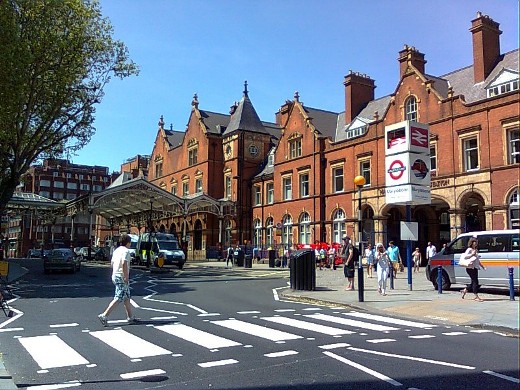
Another view of Marylebone station showing the covered road outside the station.
|
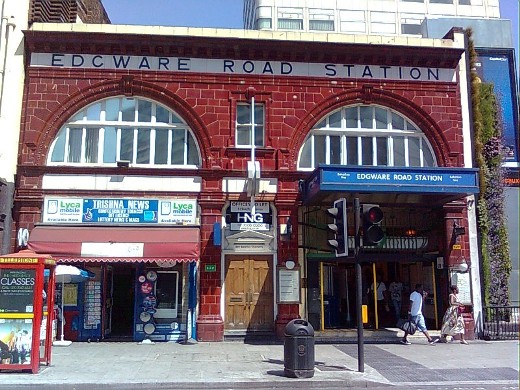
Edgware Road station, not to be confused with the other separate Edgware Road station nearby which is served by the Circle, District and Hammersmith & City lines. The station building is unmistakably a Leslie Green design being very similar to several we have already seen on the line.
|
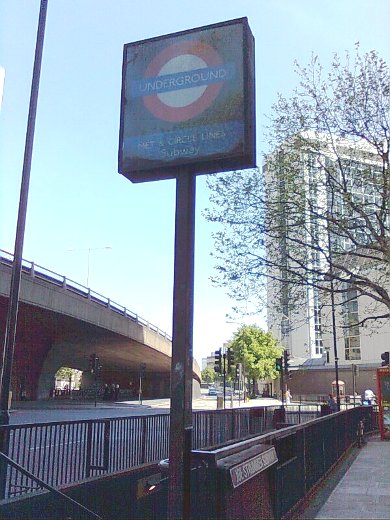
Across the road a subway with an old sign saying it leads to the Met and Circle Lines. The Met probably refers to the Metropolitan Railway which ran from the other Edgware station from 1863. In 1933 the Met and other railway companies amalgamated and the lines changed hands and names. The subway is named the Joe Strummer Subway in memory of the lead singer of the Clash who busked here in his early days.
|
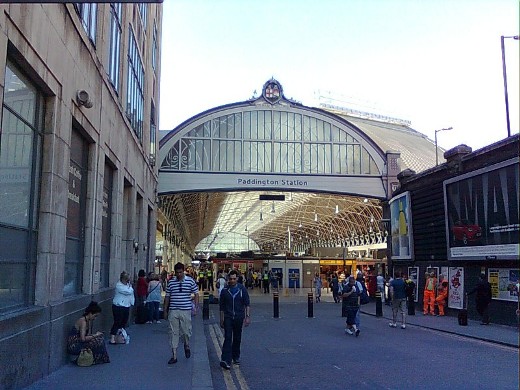
Paddington mainline station entrance with access to the Tube lines inside.
|
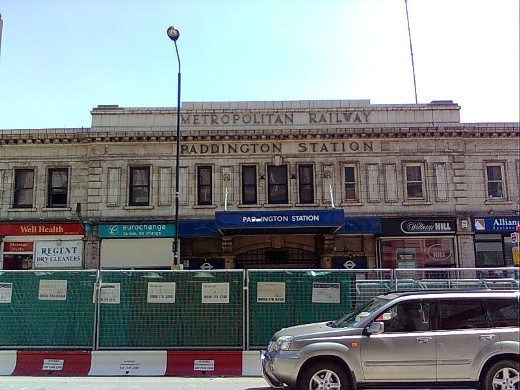
One of the Underground entrances to Paddington station which is served by four Underground lines through two separate stations. The southern station pictured here is served by the deep level Bakerloo line and the subsurface Circle and District lines. The other station to the north of the mainline station is served by the subsurface Hammersmith & City and Circle lines.
|
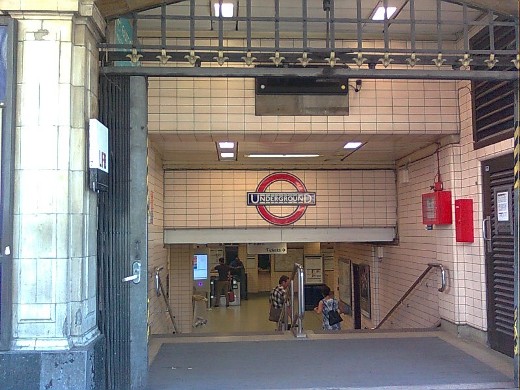
Inside the station entrance, showing the 1930s style roundel.
|
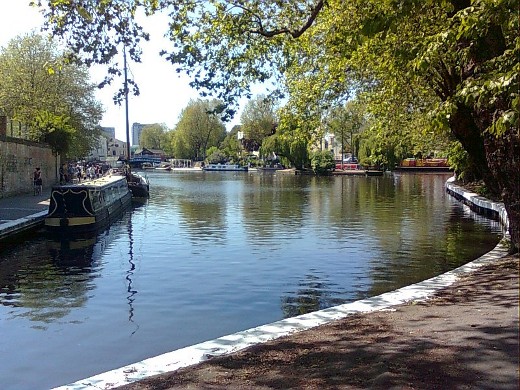
The walk to the next station takes us through Little Venice where the Grand Union Canal and Regent's Canal meet.
|
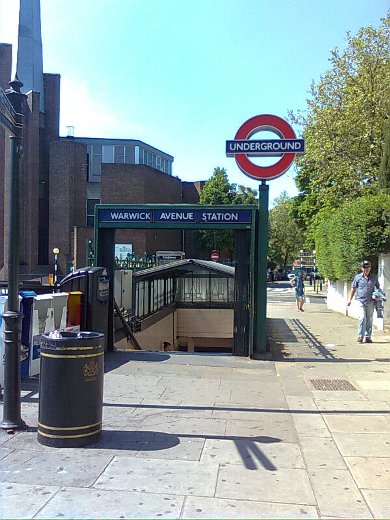
Warwick Avenue station with no surface buildings.
|
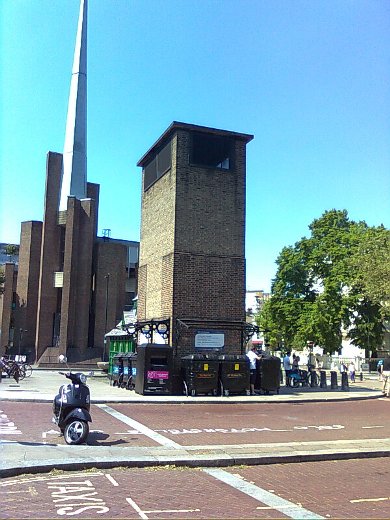
Between the two entrances to the station stands a plain ventilation shaft.
|
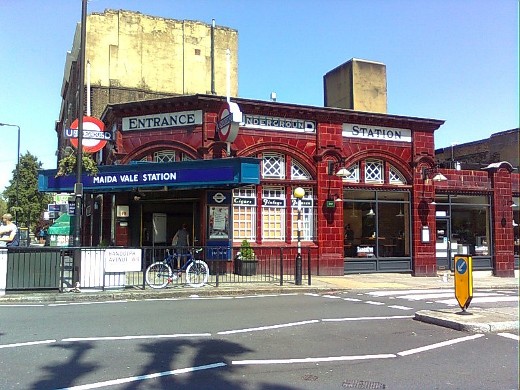
Maida Vale station probably designed by Stanley Heaps in the style of Leslie Green. In 2009, London Underground received a National Railway Heritage award for the modernisation of the station, restoring many of the original features including mosaics of the roundel and the tiled walls.
|
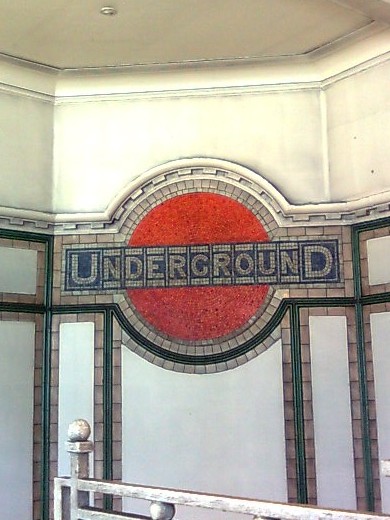
A close up of one of the mosaic roundels inside the station.
|
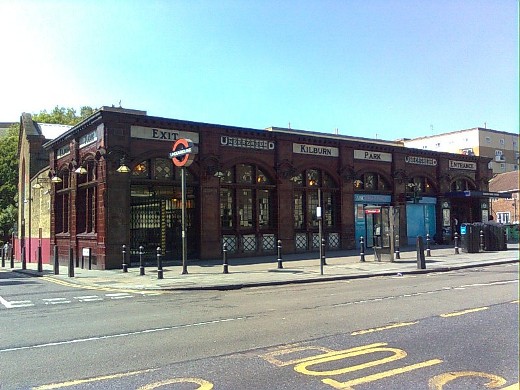
Kilburn Park station. Another station building probably designed by Stanley Heaps in the style of Leslie Green.
|
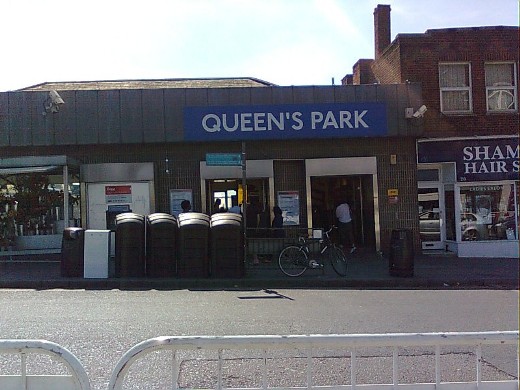
The ugly Queen's Park station entrance. All platforms here are at surface level.
|
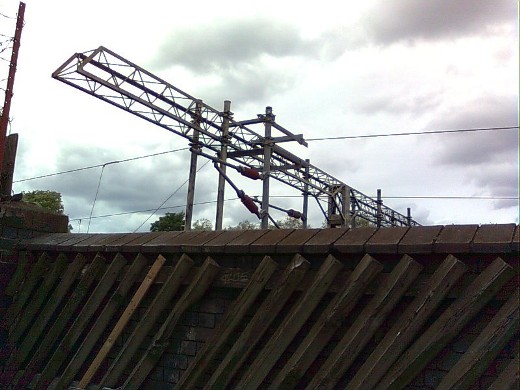
The line from here runs on the surface and my walk runs alongside the line in several places although the only thing that can be seen over the wall is the overhead electric wires of the other lines.
|
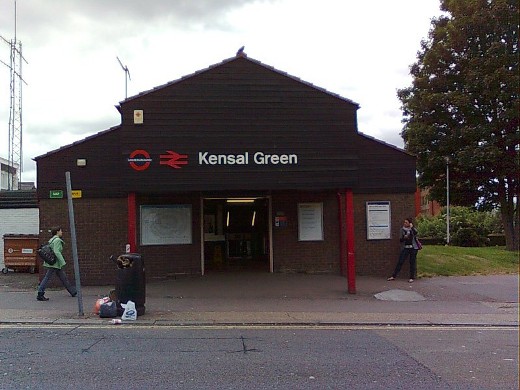
Kensal Green station was opened in 1916 although services started running between Queen's Park and Willesden Junction the previous year.
|
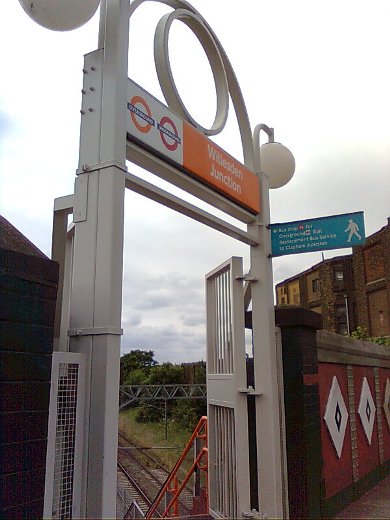
The walkway to Willesden Junction is down steps from the Harrow Road
|
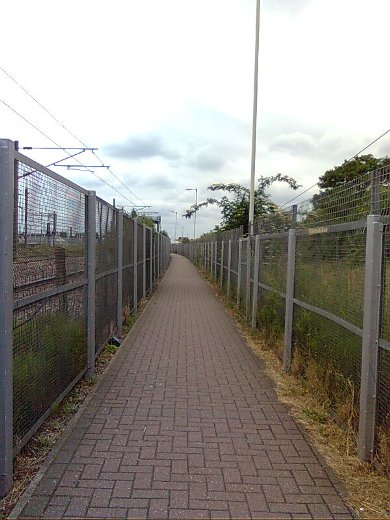
The path runs along to the station with train lines to the left and to the right.
|
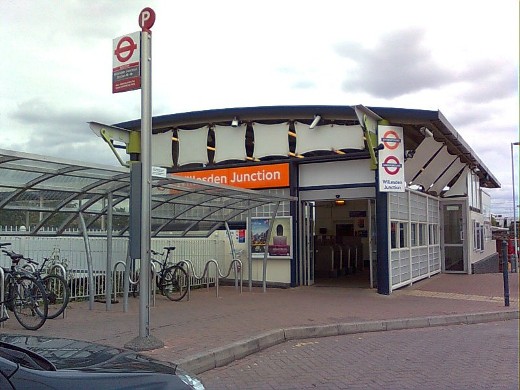
Willesden Junction station which, like all the stations northwards from Queen's Park, is served by both the Bakerloo line and the Overground.
|
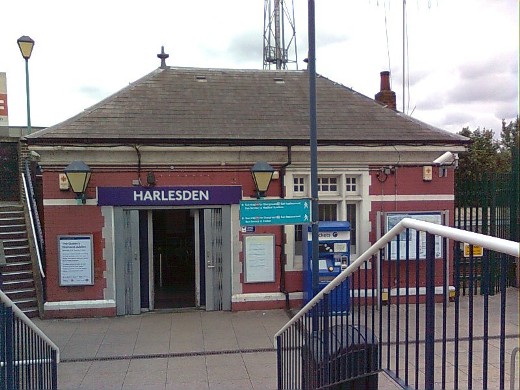
Harlesden station.
|
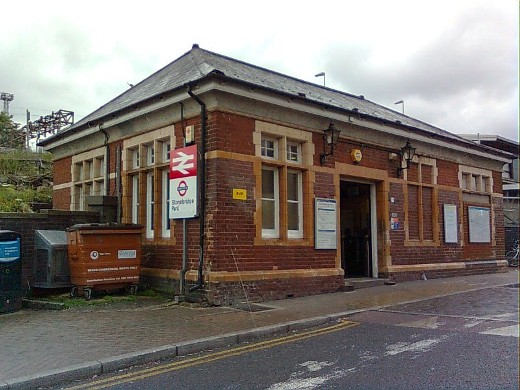
Stonebridge Park station.
|
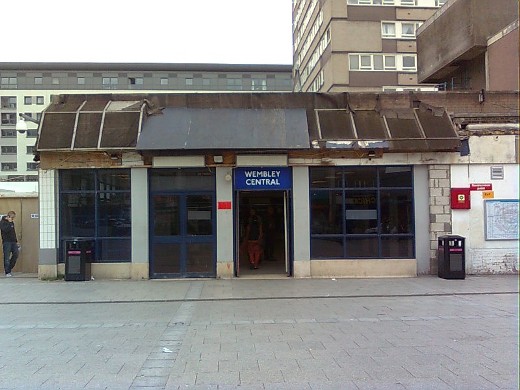
The dilapidated Wembley Central station.
|
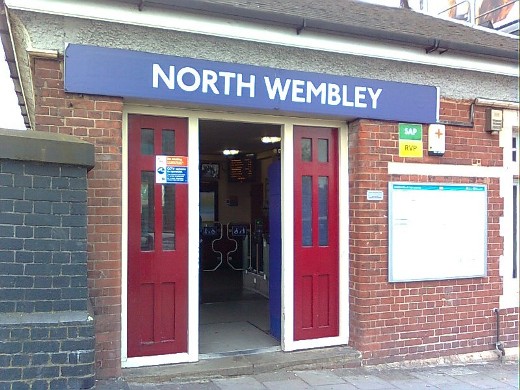
North Wembley station.
|
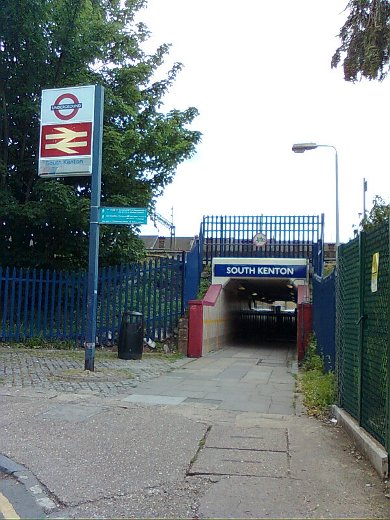
South Kenton station. The station entrance proper is below ground half way along the underpass. Due to the restrictive layout of the station, there are no ticket gates.
|
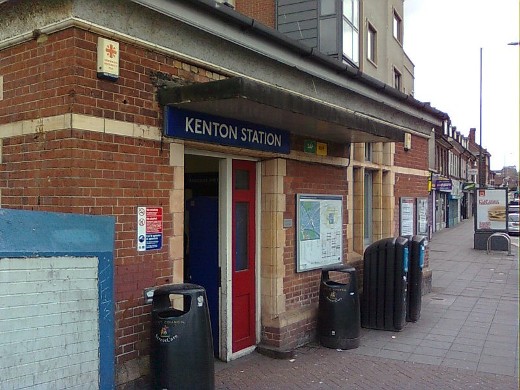
Kenton station.
|
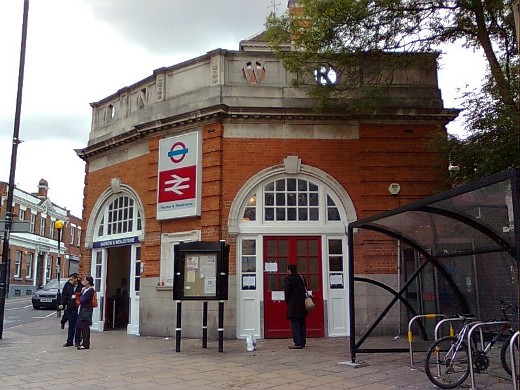
Harrow & Wealdstone station, the Bakerloo line terminus.
|
